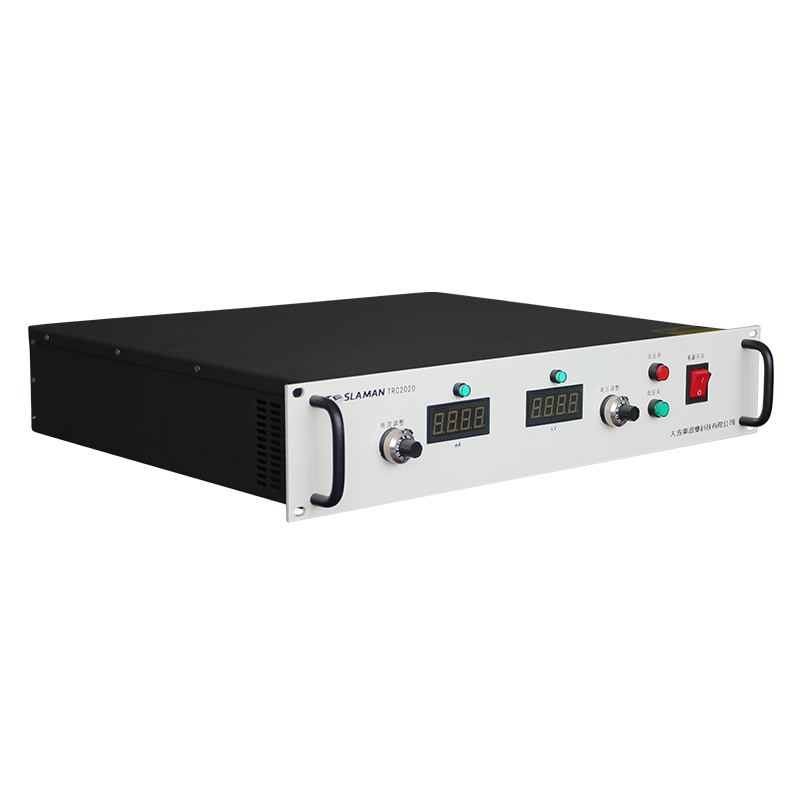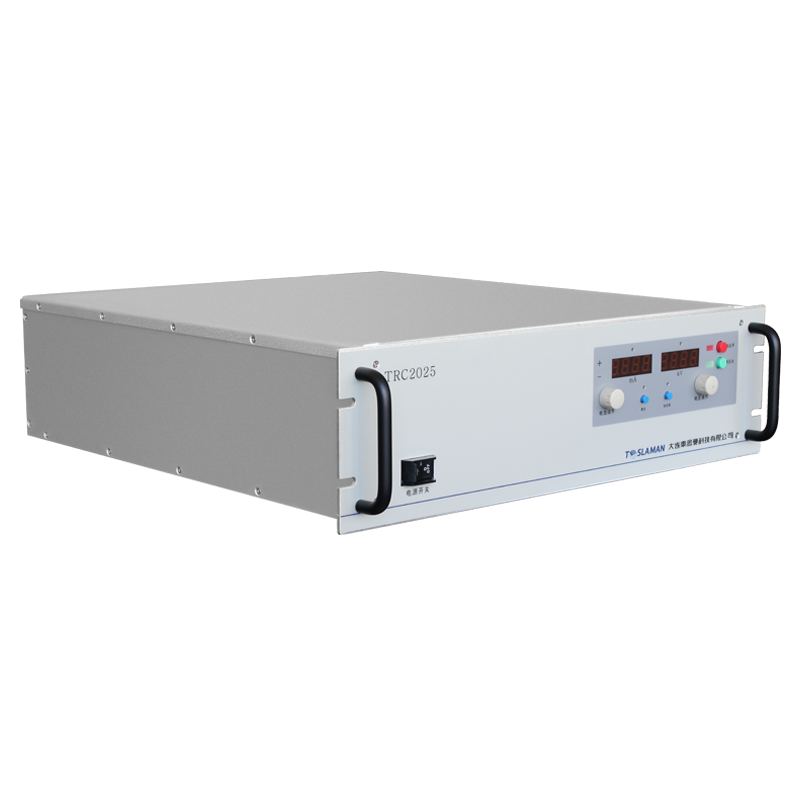Key Design of High-Frequency High-Voltage Power Supplies for Semiconductor Etching Equipment
Technical Principles
High-frequency high-voltage power supplies are core components of etching equipment, based on high-frequency switching technology and resonant conversion principles:
Power Conversion Mechanism: Power switching devices (e.g., MOSFETs/IGBTs) rapidly turn on/off at high frequencies (typically ≥20 kHz), converting DC to high-frequency AC. This is then stepped up via high-frequency transformers and rectified to high-voltage DC, significantly reducing size and increasing power density.
Precision Control: PWM (Pulse Width Modulation) or PFM (Pulse Frequency Modulation) dynamically adjusts output voltage with ±0.1% accuracy by modulating duty cycles or frequencies. Feedback loops compensate for load fluctuations in real time.
Soft-Switching Technology: Resonant topologies (e.g., LLC, CLLC) reduce switching losses by >30% through zero-voltage switching (ZVS) or zero-current switching (ZCS), while minimizing electromagnetic interference (EMI), making them ideal for high-power (up to 60 kW) etching systems.
Critical Role in Etching Processes
These power supplies enable precise plasma control for etching accuracy:
Ion Energy & Flux Control:
Ion Energy: Output voltage (0.5–10 kV) governs ion kinetic energy. High voltage (>5 kV) enables vertical etching for high-aspect-ratio structures (e.g., DRAM trenches), while low voltage (<2 kV) supports shallow, fine etching.
Ion Flux: Current stability (<1% fluctuation) ensures uniform plasma density, preventing local over-etching or residues across wafers.
Pulse Modulation: High-frequency pulsing (kHz range) cyclically ignites/extinguishes plasma, reducing thermal damage to sensitive films and improving etch selectivity (e.g., SiO₂/SiN selectivity up to 50:1).
Design Challenges and Breakthroughs
Precision & Fast Response:
Sub-millisecond response to load changes requires multi-stage control (e.g., feedforward compensation + digital PID). Stray inductance in main circuits must be minimized (<20 nH) using laminated busbars to suppress voltage spikes.
EMC & Stability:
High-frequency switching causes EMI. Optimizing core materials (e.g., ferrite, nanocrystalline alloys) reduces eddy current losses, while symmetric shielding meets CISPR 11 Class B standards.
Thermal Management & Reliability:
Power losses (even at >95% efficiency) necessitate liquid cooling or phase-change散热 to keep junction temperatures <125°C. Redundant protection circuits (over-voltage/current/arc detection) enable shutdown within 10 μs during faults.
Future Directions
Wide-Bandgap Semiconductors: Silicon carbide (SiC) devices support 1200V/200°C operation at MHz frequencies, further shrinking power supply size.
AI-Driven Control: Integrating AI algorithms to predict plasma states and dynamically adjust parameters will enable Ångström-scale etching for sub-3nm nodes.
Conclusion
The design of high-frequency high-voltage power supplies is pivotal for advancing semiconductor etching precision and reliability. Future breakthroughs in materials, control algorithms, and system integration will drive the evolution toward atomic-scale manufacturing.




















